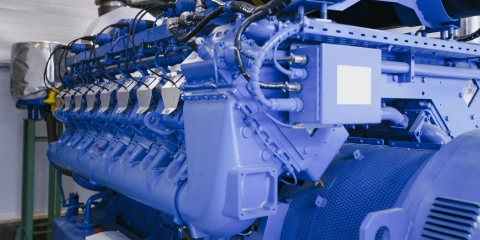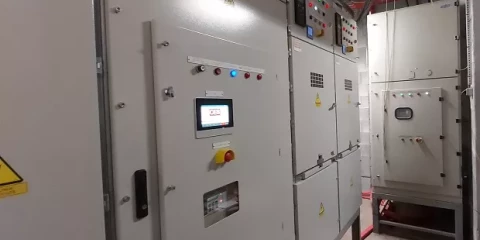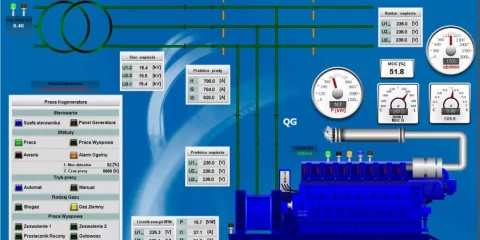What is a capacity fee?
The capacity charge was introduced by the Power Market Act 2017, which became effective at the beginning of this year. The capacity charge is a fee for the willingness to secure the supply of electricity and is intended to ensure energy security (continuous supply of electricity).
The exact value of the power fee is decided each time by the Energy Regulatory Office, and the rate applicable in a given year is announced on the last day of the preceding year. For 2021, the rate is 0.0762/kWh PLN. To calculate the power charge, this rate is multiplied by the amount of energy the company consumes during peak hours (7.00-22.00).
How to reduce expenditure on the power fee
Both households and businesses have been subject to the power fee. However, it is entrepreneurs who will receive the most funds from this charge. How, then, can an entrepreneur balance or minimise these additional costs?
Cogeneration as a way to reduce the costs of the power fee
Investments in renewable energy sources and cogeneration are certainly a good solution. Cogeneration as a combined production of electricity and heat has lower losses and higher efficiency (at around 90%) compared to traditional, separate production of electricity (from the power plant) and heat (boiler house).
In addition, CHP makes use of the heat from the exhaust gases and engine operation. CHP is ideal for any production facility with a high demand for electricity and heat. The additional use of heat in the production process, e.g. for the production of cooling - by installing an absorption chiller or for the production of process steam, increases the profitability of the entire investment. The entrepreneur then not only partially offsets the expenses incurred for the power fee, but generates real profits in a short time.
Before the power fee came into force, the return on investment in cogeneration was about 2-3 years. The payback period shortened when a cooling or process steam plant was added to the CHP. The imposition of the power charge on electricity consumers will contribute to them seeking ways to reduce or compensate for it. In this case, investment in cogeneration, which in previous years was hardly profitable for some companies, may now prove to be a very good solution.
Increased interest in CHP due to the introduction of the capacity charge
In the last year, we have seen an increased interest in investment in cogeneration, which has been further influenced by the subsidy from the National Fund for Environmental Protection and Water Management, Operational Programme Infrastructure and Environment 2014-2020. Many companies from various industries have received subsidies for the installation of high-efficiency cogeneration under this Programme. Dairy cooperatives, which need heat and cooling in addition to energy in their production process, were particularly interested in this subsidy.
As reality shows, companies do not wait on their hands, but after an audit and a sound economic analysis, they decide on solutions that will reduce their electricity costs, and in many cases cogeneration proves to be the most advantageous solution. Additional support for high-efficiency cogeneration in the form of a guaranteed or cogeneration bonus can contribute to a return on the cogeneration investment within as much as 1.5 years.
Centrum Elektroniki Stosowanej has been building its expertise in cogeneration and renewable energy sources since 2000. We are the company that was the first in Poland to promote cogeneration as an alternative to traditional power generation. To date, we are the leader in this field. We have already installed over 130 cogeneration units with a total capacity of 90 MW, including many special projects that take into account the specifics and existing technological line of a given plant, so that the proposed investment is the most advantageous solution for it.


